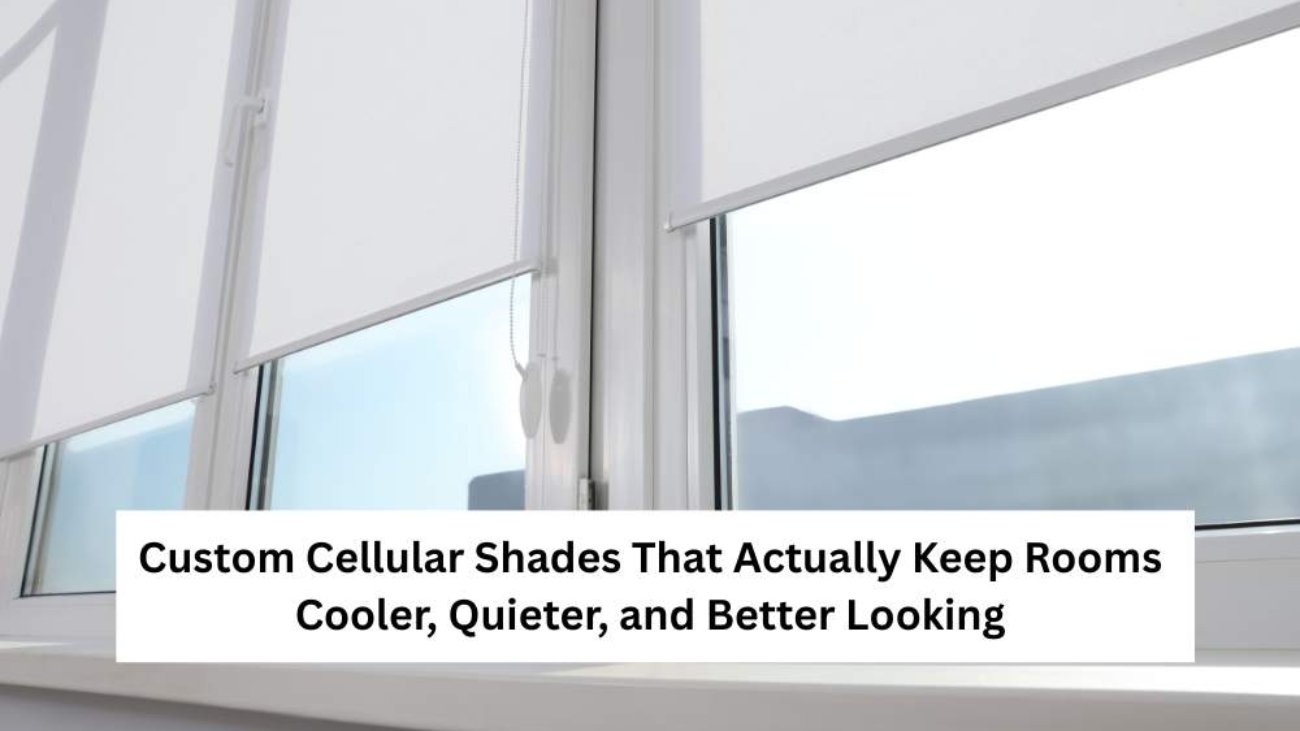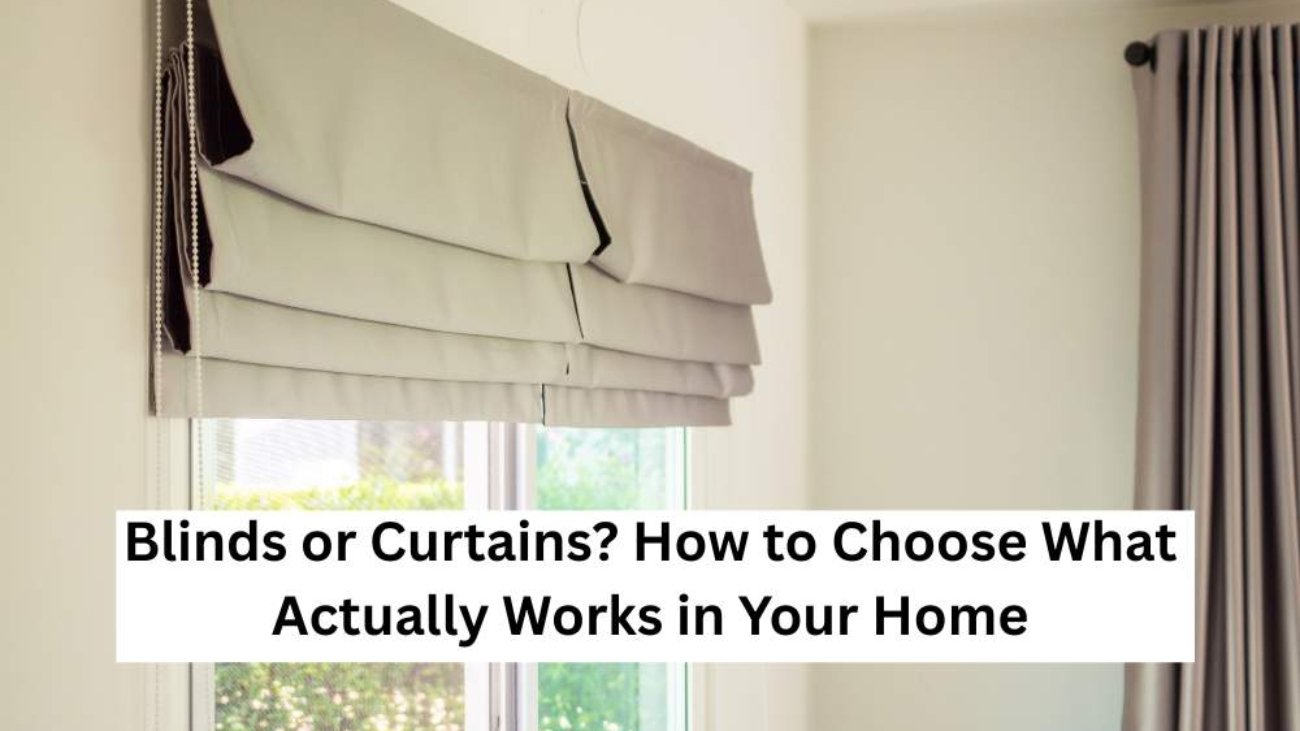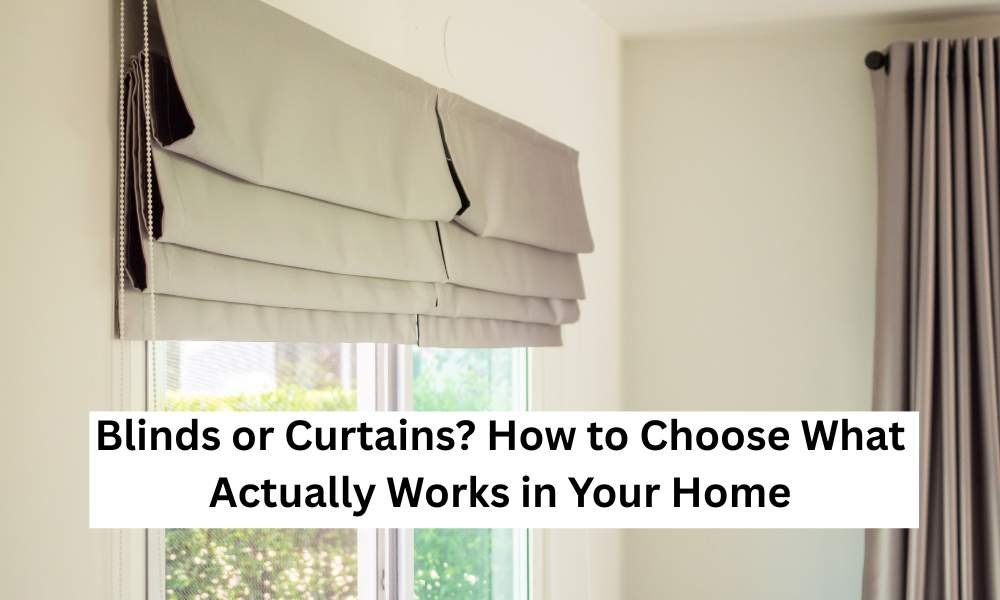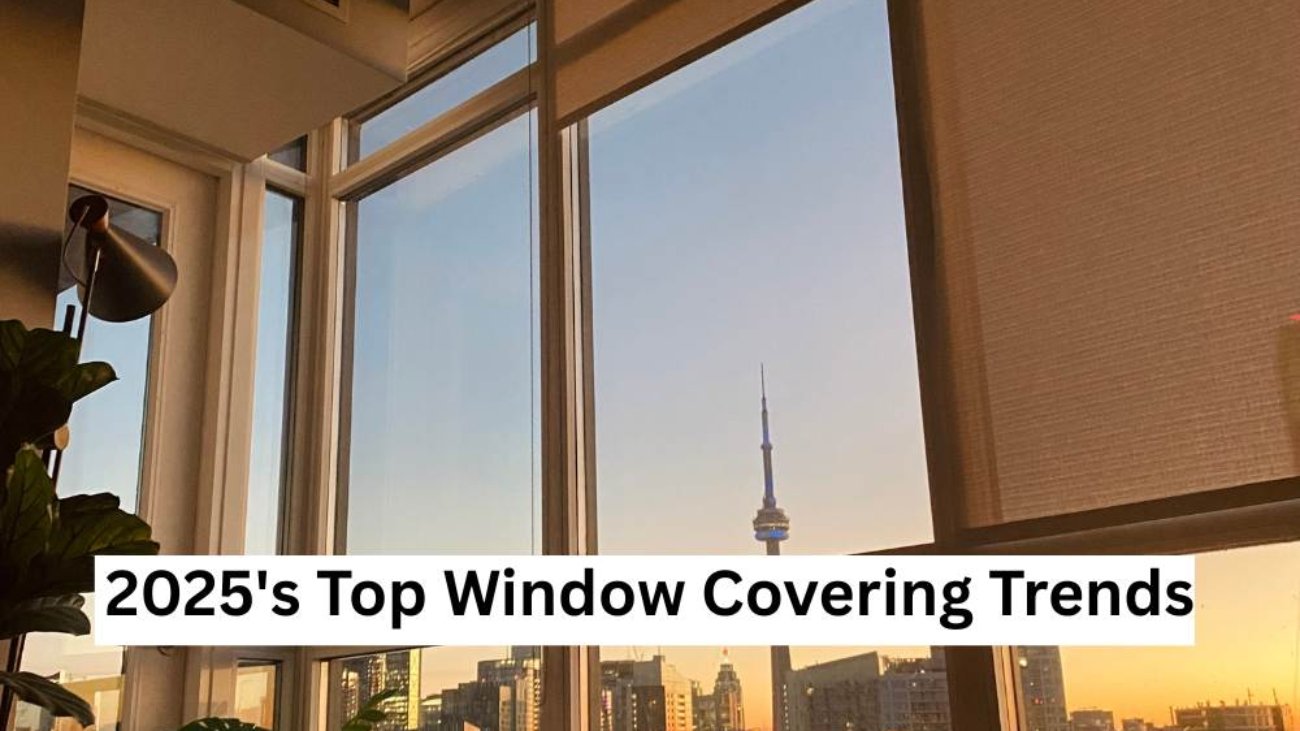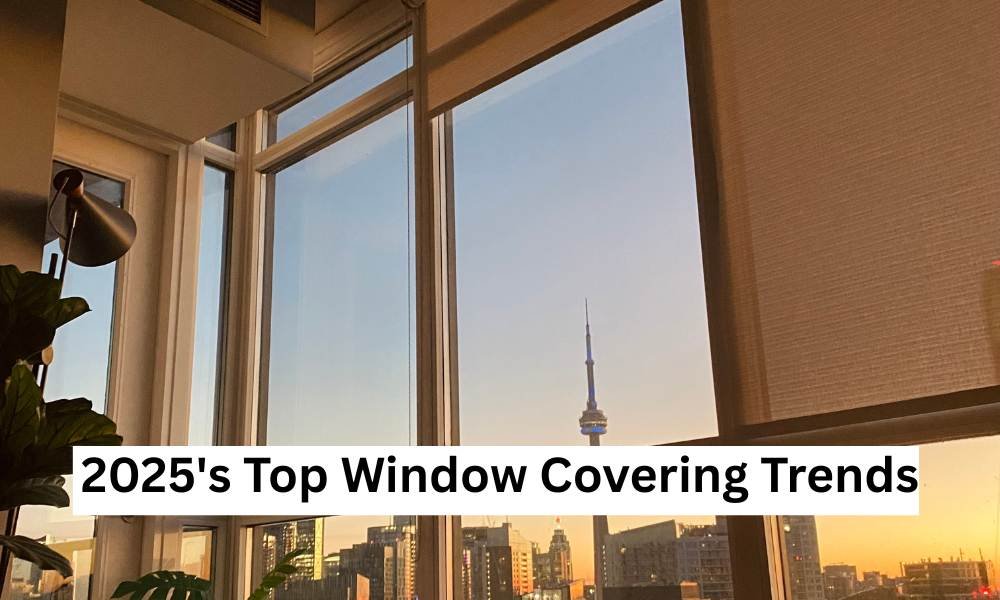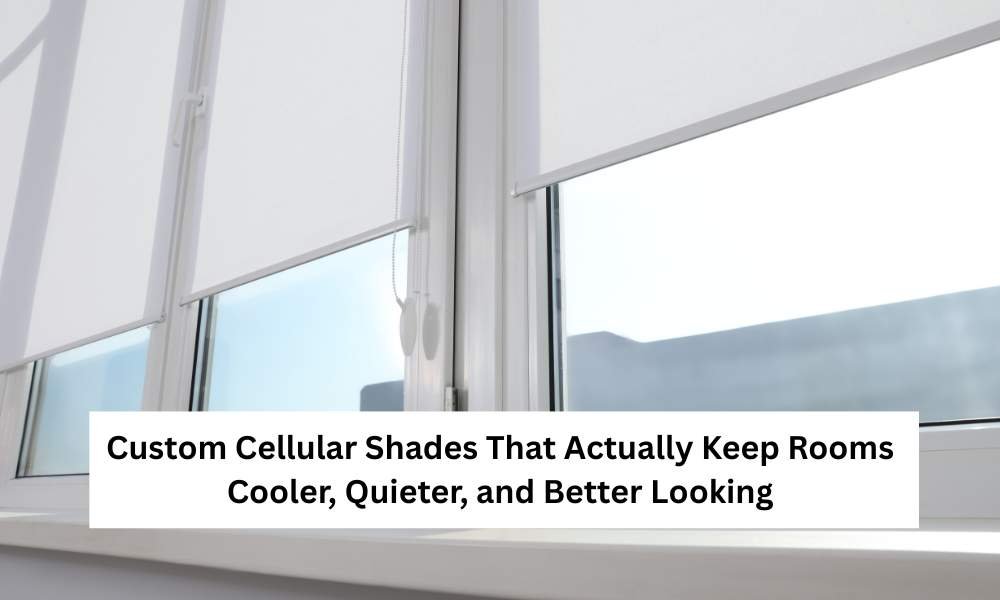
Tired of Rooms That Are Too Hot, Too Cold, or Too Bright?
It’s not your imagination—most heat and cold in a room come through the windows. So do harsh glares that ruin a good movie night or make your home office impossible to work in. Curtains might help a little, but they often miss the mark. Custom cellular shades give you a practical fix for all of it. They insulate better than standard blinds, control light without darkening the room, and make everything look more finished.
Insulation That Keeps Your Space Comfortable Year-Round
Cellular shades have a built-in air pocket that traps heat in winter and blocks it in summer. This small detail can make a big difference. You’ll feel fewer drafts and notice that your heating or cooling system doesn’t have to work as hard.
These are especially helpful if you have:
- South-facing rooms that heat up too fast
- Old windows with noticeable drafts
- Uneven temperatures between rooms
Many people don’t realize windows can account for nearly 30% of a home’s energy loss. Choosing large cellular shades or custom cellular blinds can bring that number down fast—without replacing your windows. Want a cooler room without cranking the A/C? Go with custom cellular blinds or large cellular shades to add real insulation where it counts.
Better Light Control Without Losing the View
Not every room needs blackout curtains. Sometimes you just want to block glare or protect your privacy without sitting in the dark. Cellular shades let you do that by softening incoming light instead of shutting it out completely. If you use your space during the day—working, relaxing, or entertaining—you’ll appreciate how they filter light while still making the room feel bright.
Top-down/bottom-up designs are especially useful in:
- Bedrooms that need privacy but still get morning light
- Living rooms with low winter sun or midday glare
- Bathrooms with street-facing windows
Stop wrestling with blinds that never sit right. Try window cellular blinds or a cellular window shade for more control and less frustration.
A Simple Way to Make a Room Look Pulled Together
There’s something about standard blinds that always feels a little… unfinished. They clack, twist, and usually don’t age well. Custom honeycomb blinds and honeycomb cordless shades give you a cleaner, quieter, and more modern look. They come in solid fabrics, soft neutrals, and wide formats that work well on large windows. They don’t draw attention but still add texture and depth to a room.
They’re especially good if you’re:
- Furnishing a short-term rental or staging a home
- Updating an older space without a full remodel
- Trying to keep things simple and safe with cordless options
Clean lines, soft light, no tangled cords—honeycomb cordless shades or cellular shades curtains are the kind of upgrade you’ll notice every day.
Less Dust, Fewer Chores
Slatted blinds attract dust like magnets. Cellular shades don’t. Their smooth surface and vertical shape make them much easier to clean—just a quick vacuum or dusting from time to time. If you’re dealing with allergies or you just don’t want to spend more time cleaning, that’s one more reason to make the switch. Want something that looks good and stays that way? Try budget cellular shades or a custom cellular shade that’s built to last—and easy to live with.
Get the Fit and Feel You Actually Want
Most off-the-shelf blinds don’t fit right. They leave gaps, bunch up at the top, or feel flimsy after a few uses. That’s not just annoying—it’s a waste of time and money. With custom cellular shades, you get a tight fit, better insulation, and a smoother finish. Whether you’re updating your home, designing a space for someone else, or managing a property, these are a smart and long-lasting choice. Ready to fix bad lighting and energy loss without making a mess of your windows? Choose custom honeycomb blinds, window cellular shade, cellular window shade, or custom cellular blinds and feel the difference the right fit makes.


